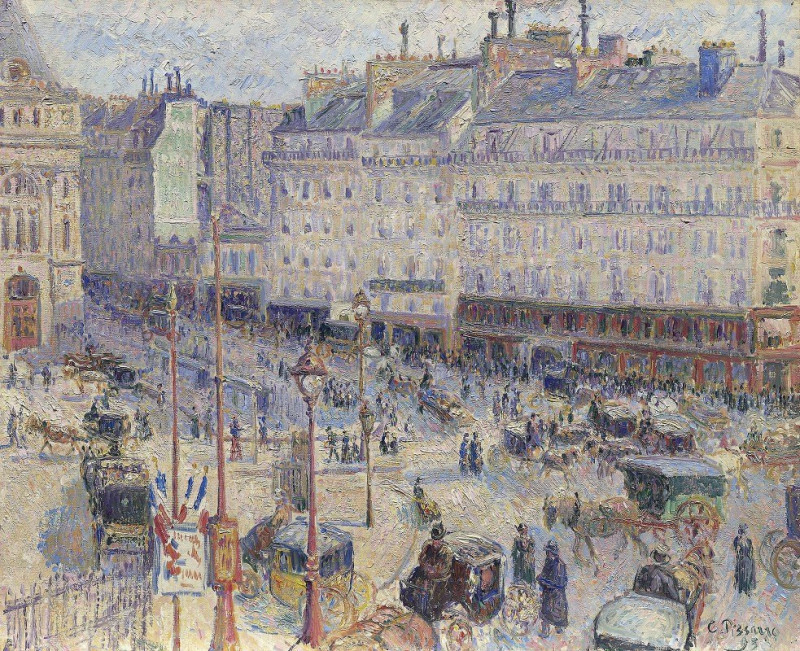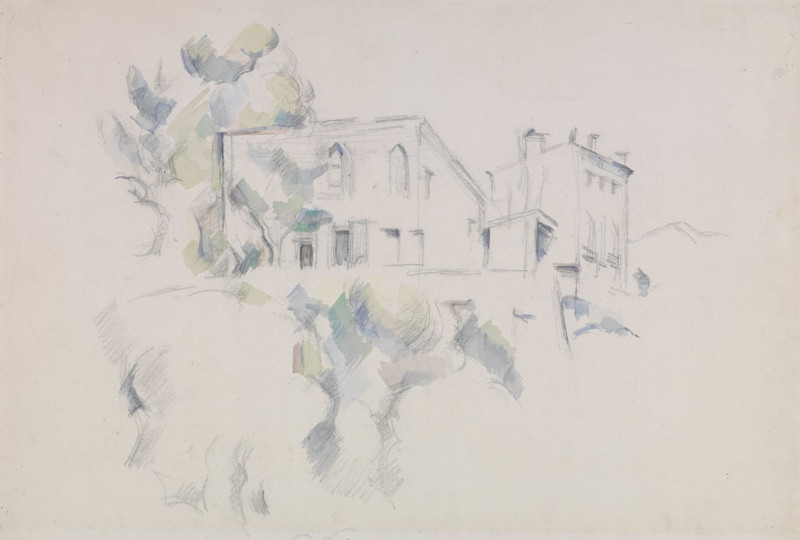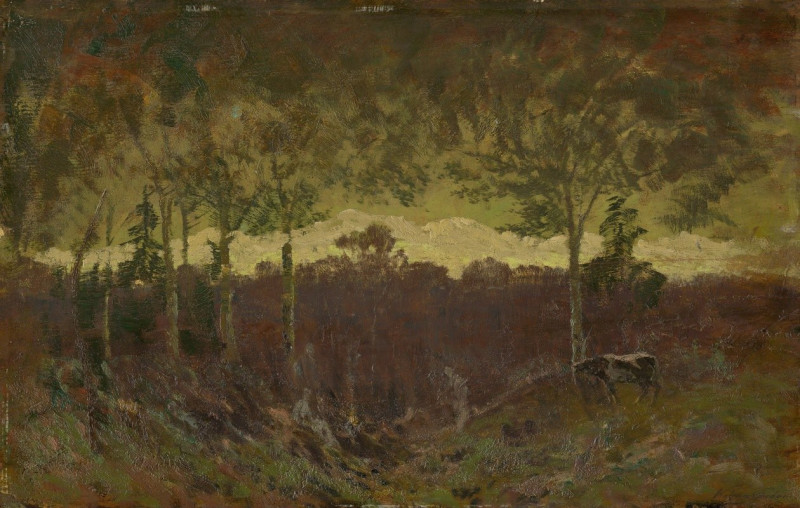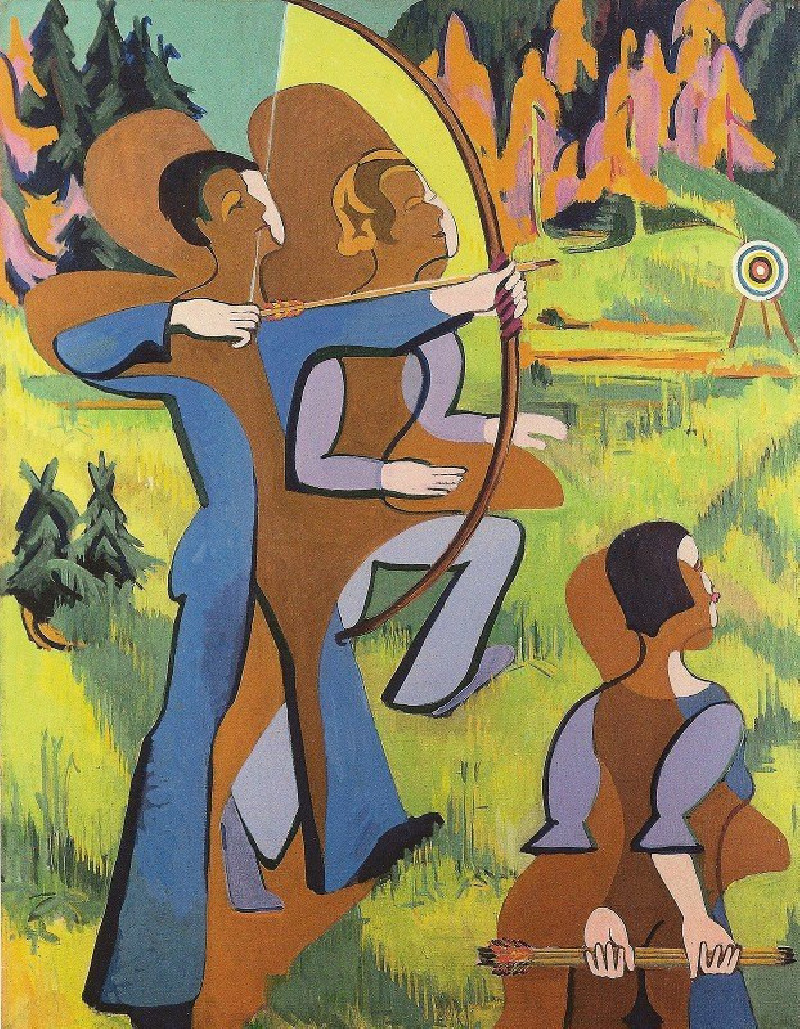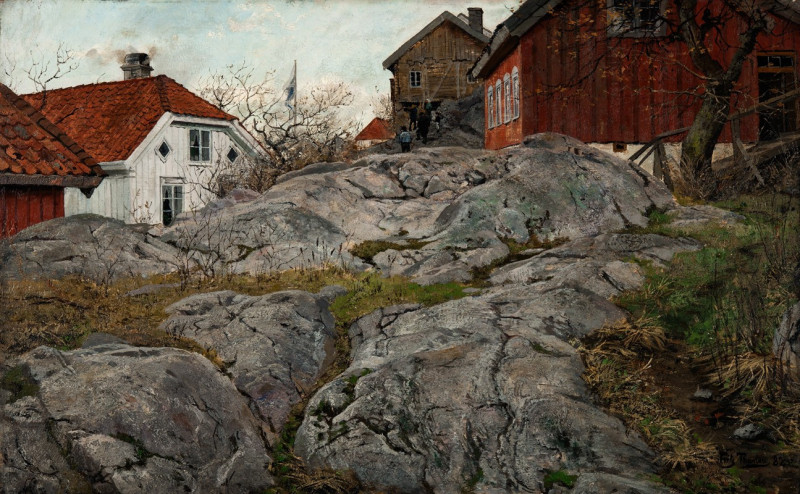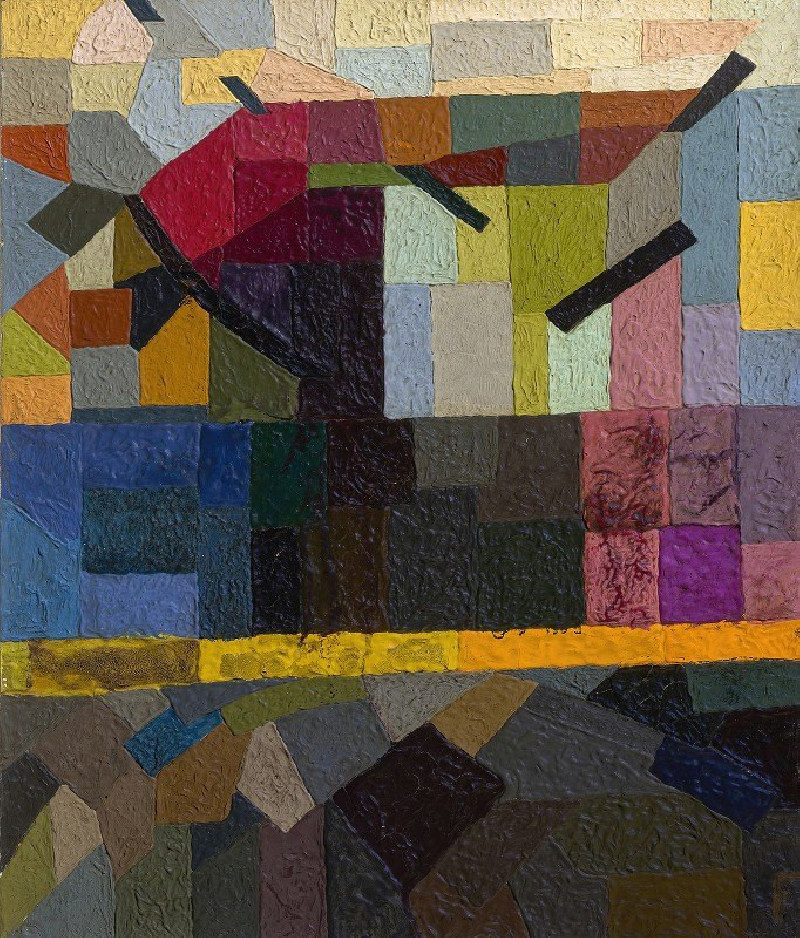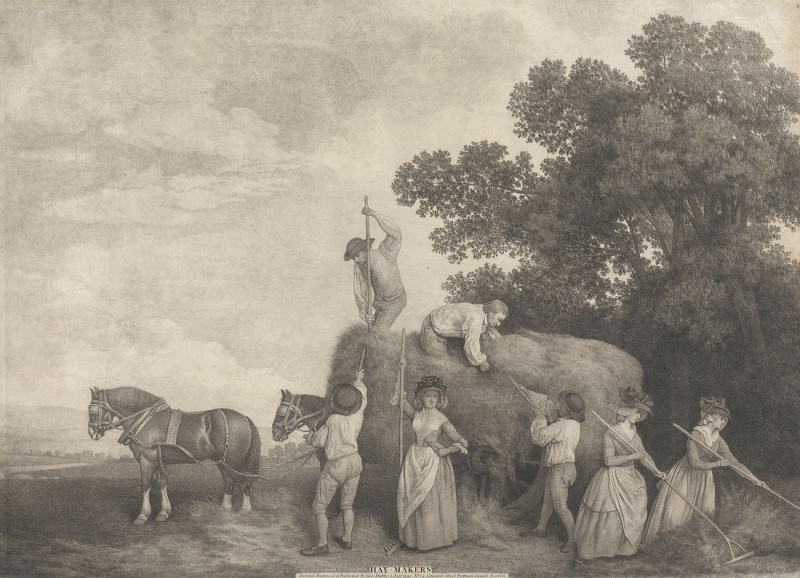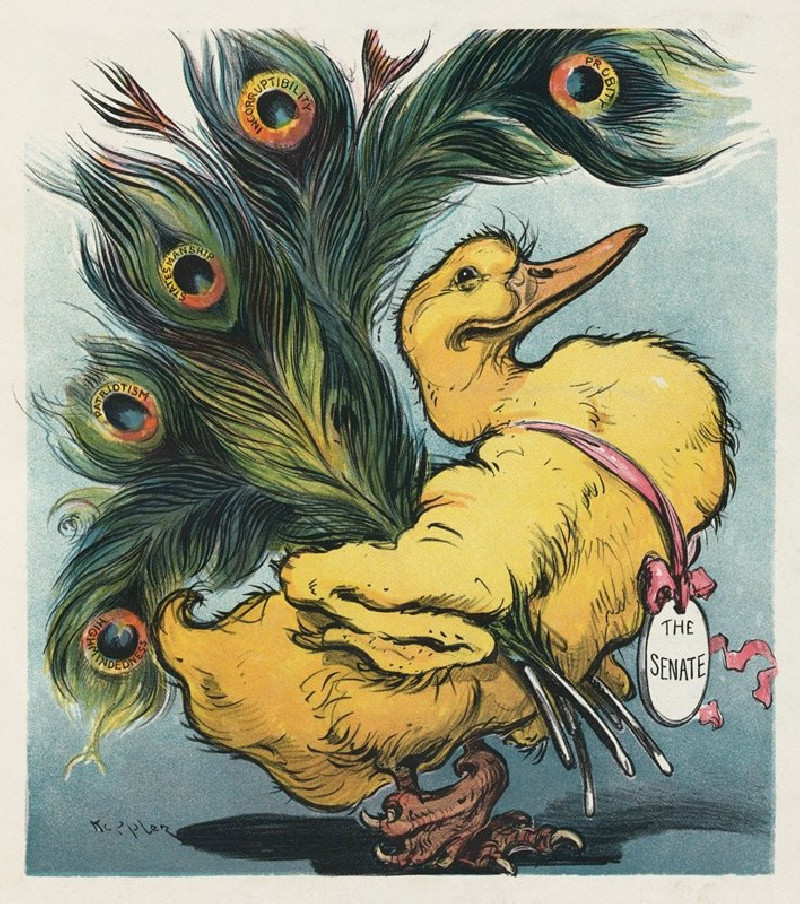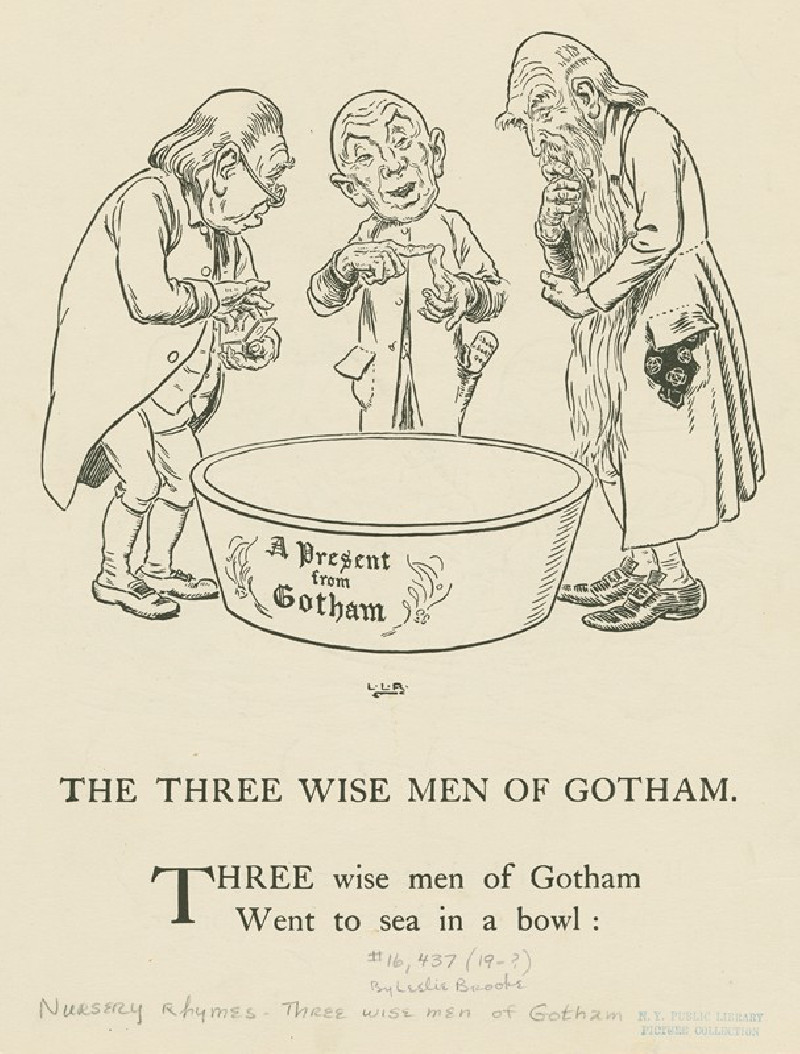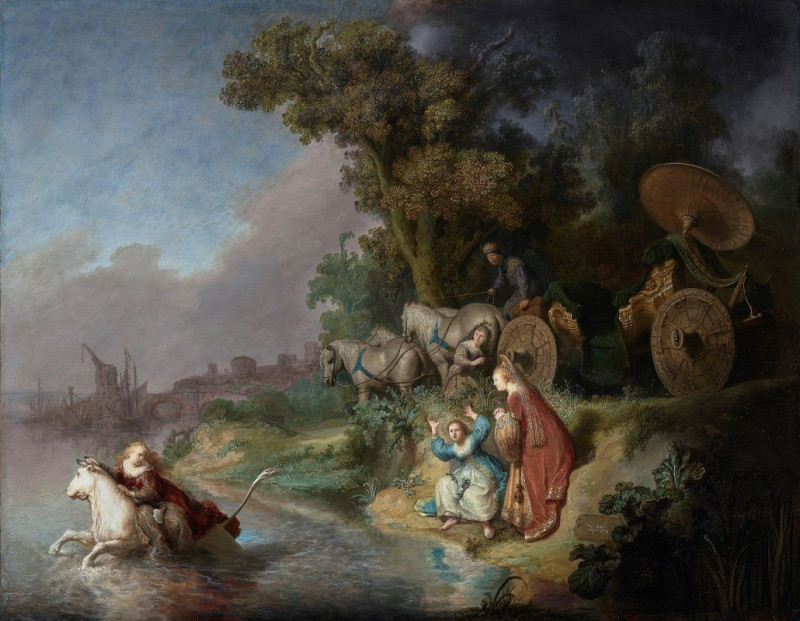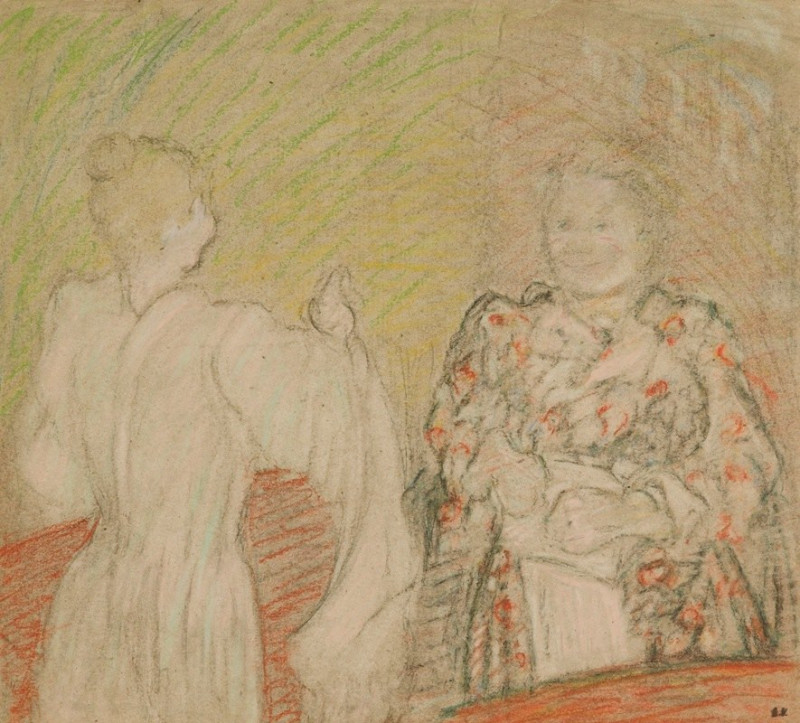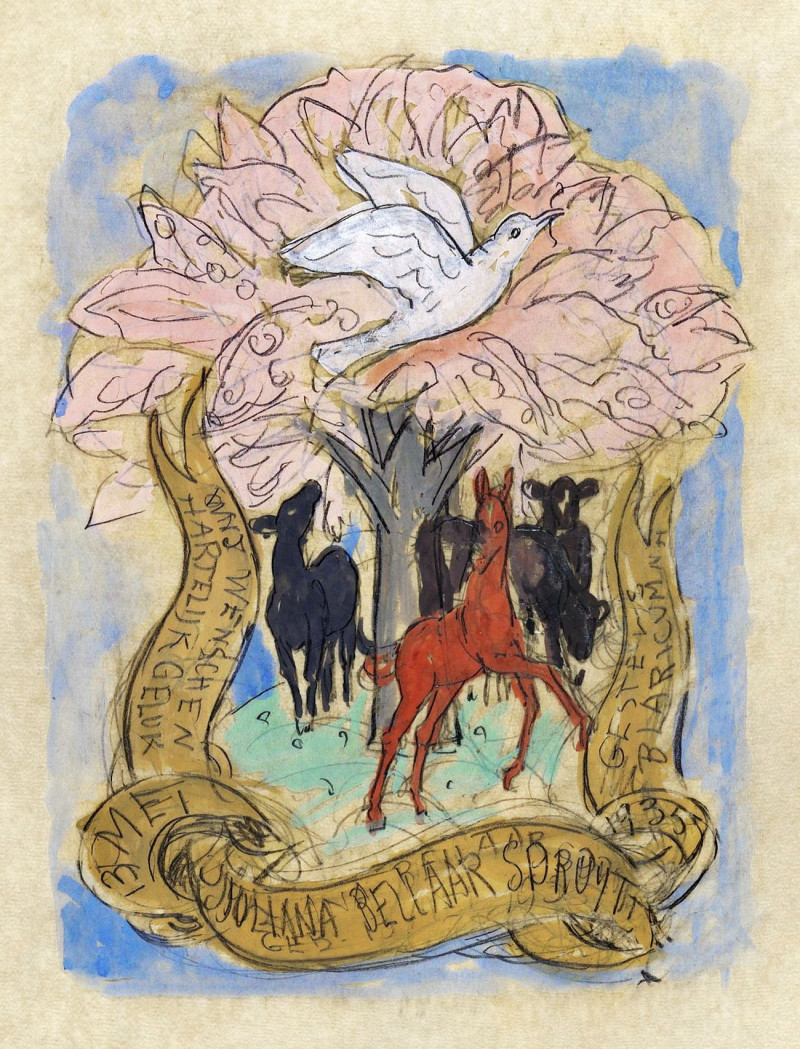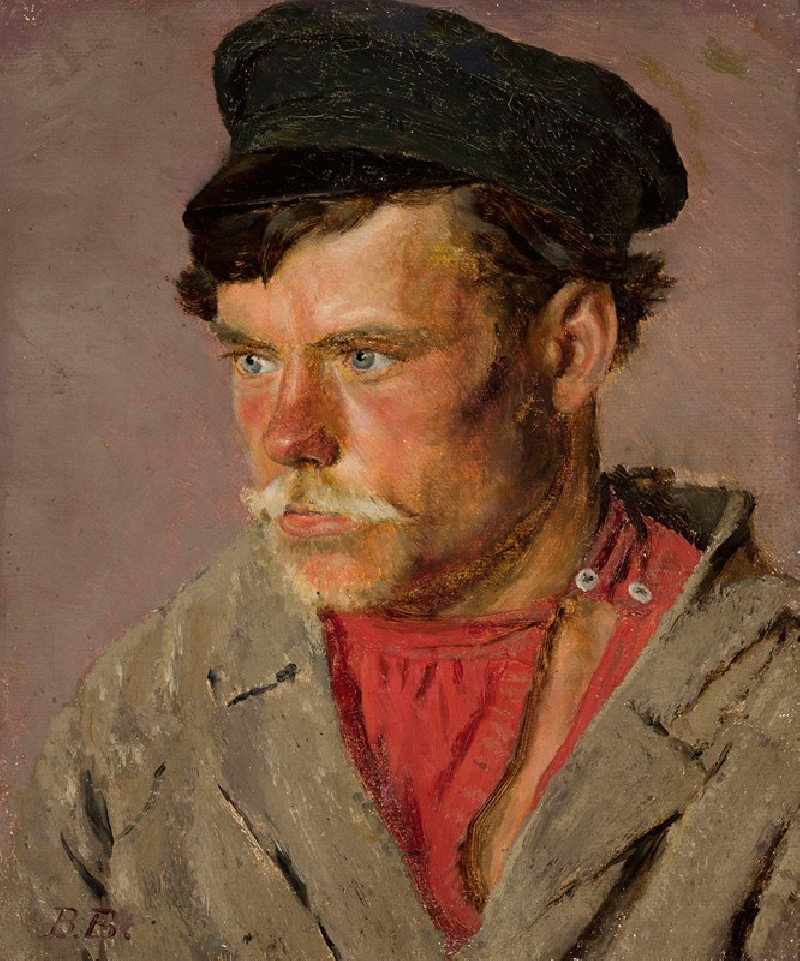The Place du Havre, Paris (1893)
Technique: Giclée quality print
Recommended by our customers
More about this artwork
The painting "The Place du Havre, Paris" captures the bustling energy and vibrant atmosphere of urban life at the end of the 19th century. Created by the Impressionist painter Camille Pissarro in 1893, this remarkable work invites viewers into a moment captured in the busy streets of Paris.The scene is set in the Place du Havre, looking towards the Gare Saint-Lazare, a pivotal hub in Paris that connected the city with the Normandy region. Pissarro masterfully renders the flurry of activity that characterizes the area. Horse-drawn carriages, trolleys, and pedestrians crisscross the plaza, each brushstroke contributing to the vibrant tapestry of city life.The artist uses a lively palette to convey the play of light and shadow across the facades of buildings and the bustling square. The vibrant hues and loose brushwork are quintessential Impressionist techniques, which give the painting a sense of immediacy and motion. This work not only documents a specific locale but also encapsulates the rhythm and dynamism of Parisian society at the time."The Place du Havre, Paris" is more than just a geographical portrayal; it is a snapshot of the era, reflecting the transformation of Paris into a modern city. Through Pissarro’s eyes, we witness the blend of old and new, the ephemeral moments of daily life, and the ever-changing landscape of one of the world’s most beloved cities.On display, this painting offers a window into the past, allowing contemporary audiences to experience the historic ambiance of Paris, as seen through the Impressionist perspective.
Delivery
Returns
Blessed are they who see beautiful things in humble places where other people see nothing. — Camille Pissarro
Camille Pissarro (1830-1903) was born on St.Thomas (now the US Virgin Islands) to a Portuguese father and a Dominican mother. He went to Paris to study art at Ecole des Beaux-Arts. He was an early pioneer of pointillism and neo-impressionism and later became a mentor of many famous impressionist painters including Cezanne, Manet, Renoir, and Gauguin. His paintings depicted rural and urban French landscapes and lifestyle. Many of his works politically captured images of peasants and laborers. Today, he is considered the father of impressionism.

